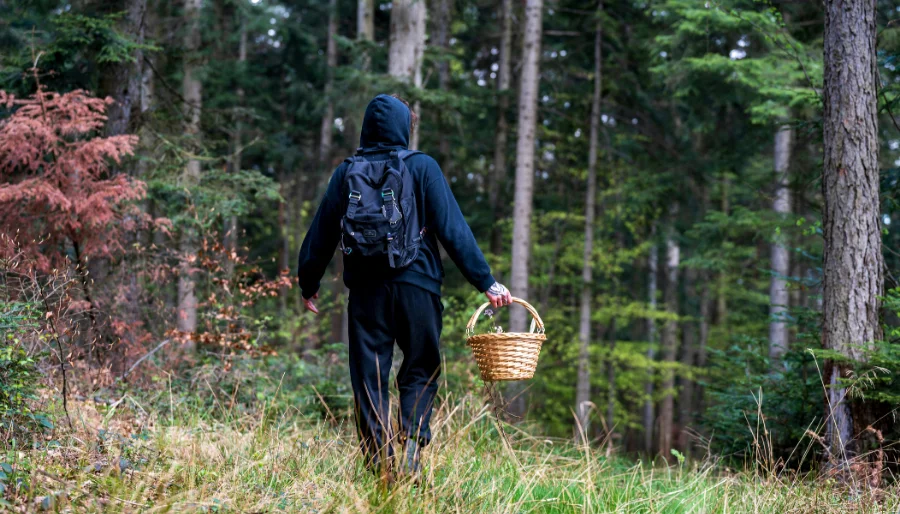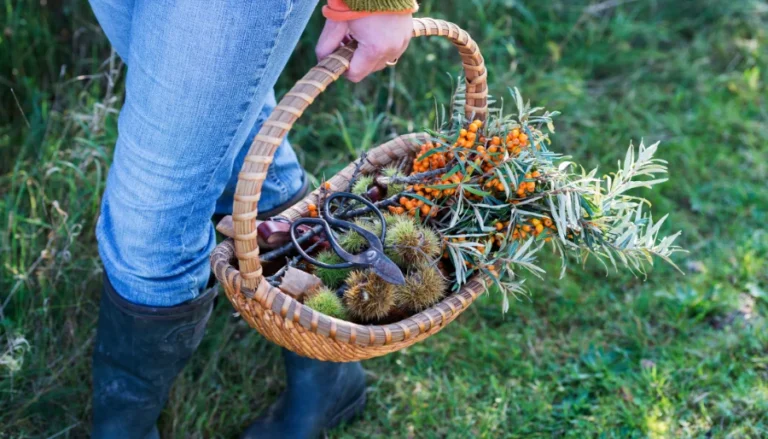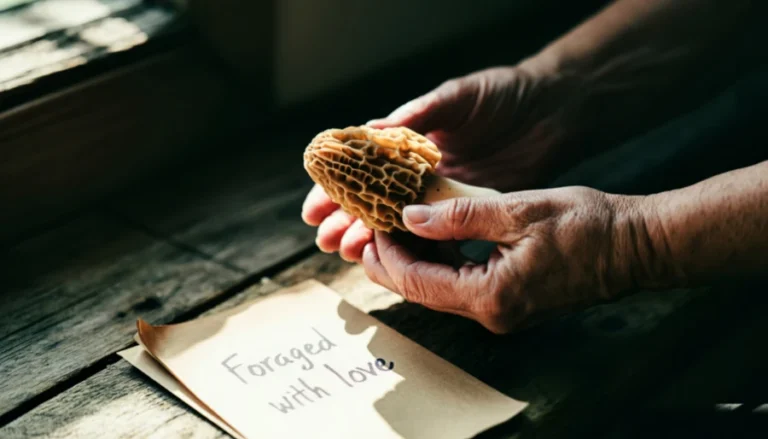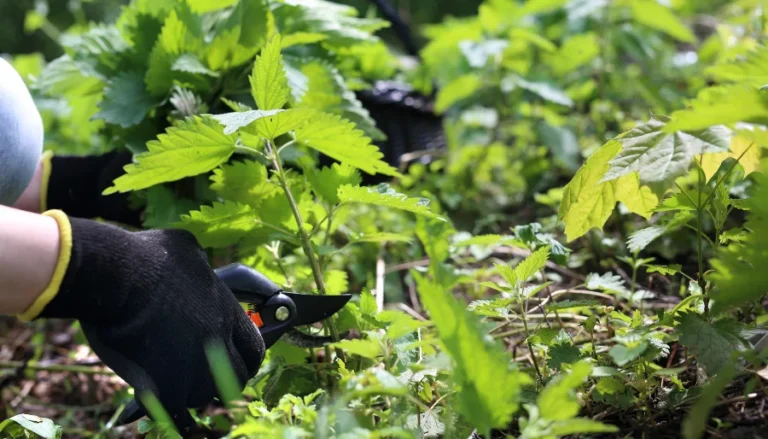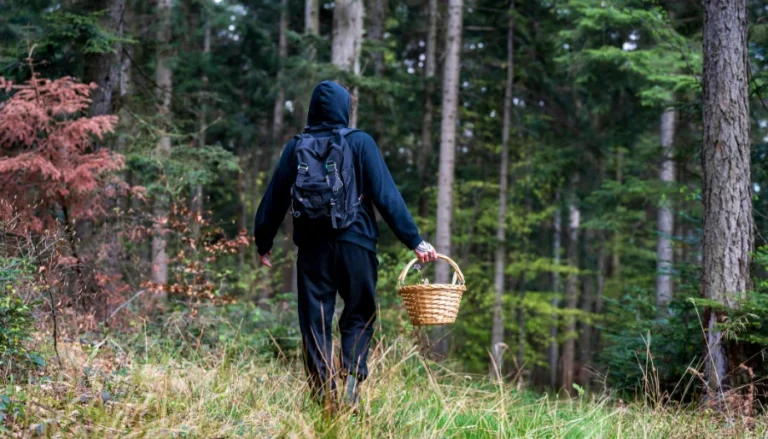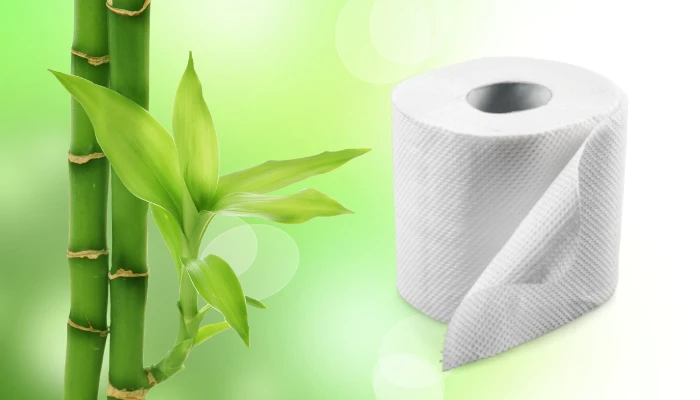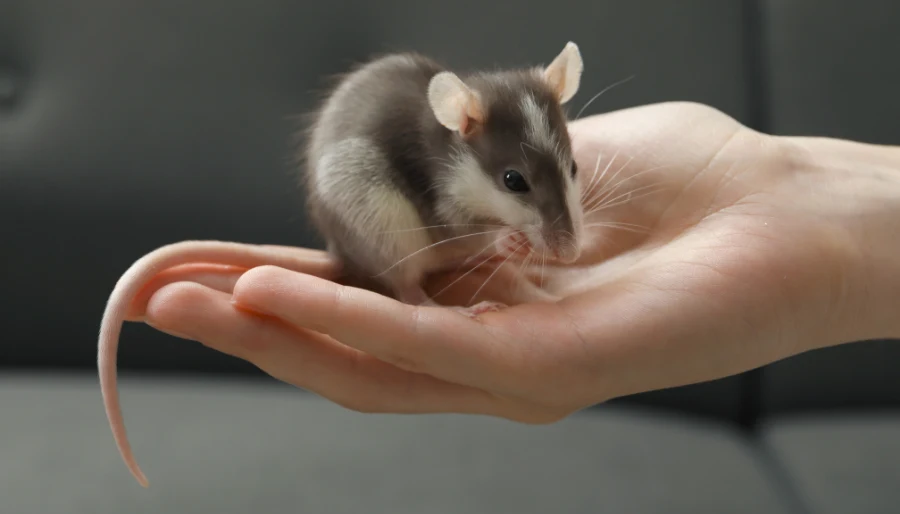Step off the sidewalk in early spring and you’re surrounded by free food.
Most people don’t see it. They walk right past young shoots, tender greens, and wild herbs that could be on their dinner table tonight. Legal foraging connects us to our the land.
And, in my opinion, it’s one of the most rewarding ways to eat fresh, seasonal food without spending a dime.
This guide will show you twelve edible plants you can forage in spring. You’ll learn what they look like, where to find them, how to pick them safely, and how to enjoy them in the kitchen.
And while foraging can be a good side hustle, this article is focused on foraging for your private use.
1. Dandelion (Everywhere in North America)
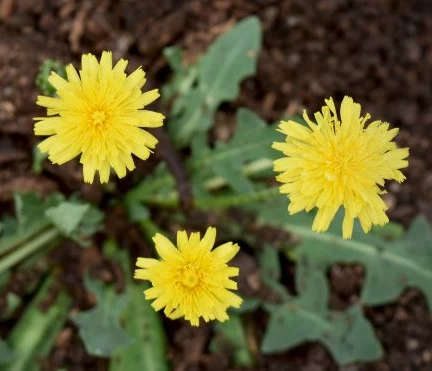
Look at any lawn or empty lot and you’ll find dandelions. They grow in all 50 states. The leaves are best in early spring before they get too bitter.
- Where to look: Lawns, gardens, parks, abandoned lots
- What to pick: Young leaves for salads, older ones for sautéing, flowers for fritters, roots for tea
- Tip: Avoid areas sprayed with herbicides
2. Wild Garlic and Ramps (Eastern U.S. and Appalachia)

Wild garlic, also called ramps, is one of the most prized spring edibles. They taste like a mix of garlic and onion. Chefs go crazy for them.
- Where to look: Moist, shaded forests from Georgia to New York
- What to pick: Leaves and bulbs
- Tip: Only take one or two bulbs per patch so they keep coming back
3. Stinging Nettles (Nationwide)
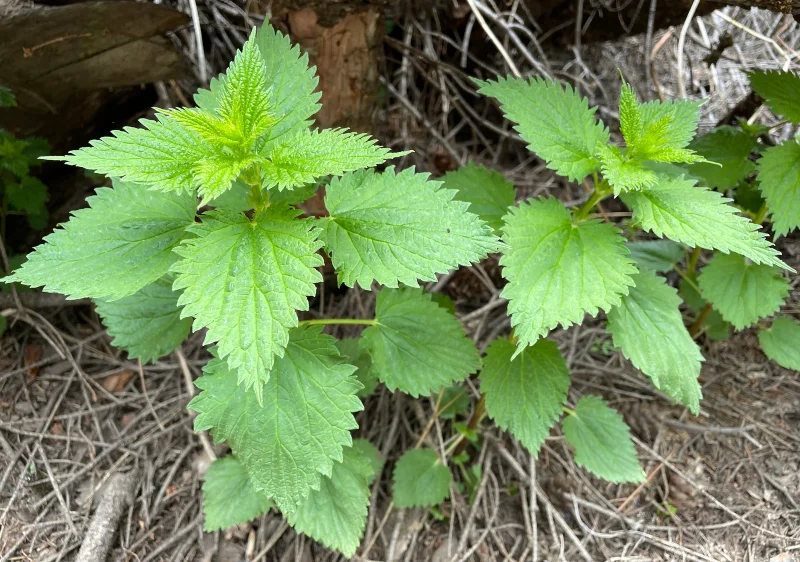
Don’t fear the sting. Nettles lose their bite once cooked and turn into a nutrient powerhouse.
- Where to look: Moist, rich soil near streams and woodland edges
- What to pick: Young shoots and top leaves
- Tip: Wear gloves when picking and use them in soups or teas
4. Chickweed (Cool Climates and Gardens)
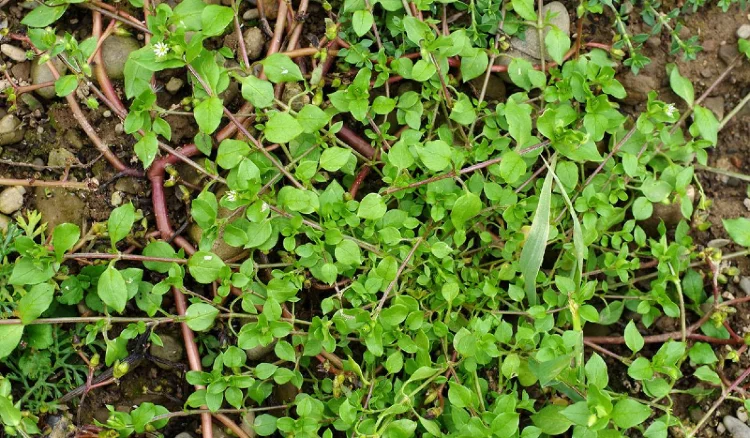
This little creeping plant grows like a carpet in early spring. It’s mild and tender.
- Where to look: Garden beds, shady yards, field edges
- What to pick: Tender stems and leaves
- Tip: Add fresh to salads or blend into pesto
5. Wood Sorrel (Throughout North America)

Wood sorrel looks like clover but has a lemony tang. Children often chew it straight from the ground.
- Where to look: Lawns, forests, garden edges
- What to pick: Leaves and flowers
- Tip: Sprinkle into salads or chew fresh on a hike
6. Violet (Eastern and Central U.S.)
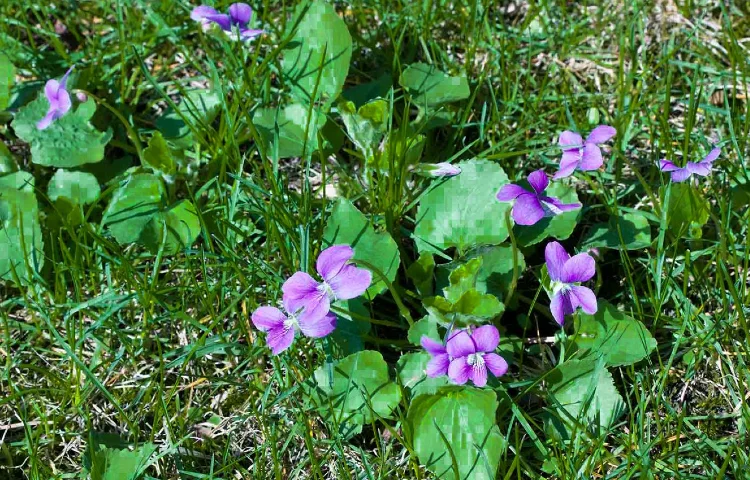
Not just pretty. Violet leaves and flowers are both edible.
- Where to look: Shady yards, woods, stream banks
- What to pick: Young leaves for salads, flowers for garnish or syrup
- Tip: High in vitamins A and C
7. Morel Mushrooms (Midwest and East)
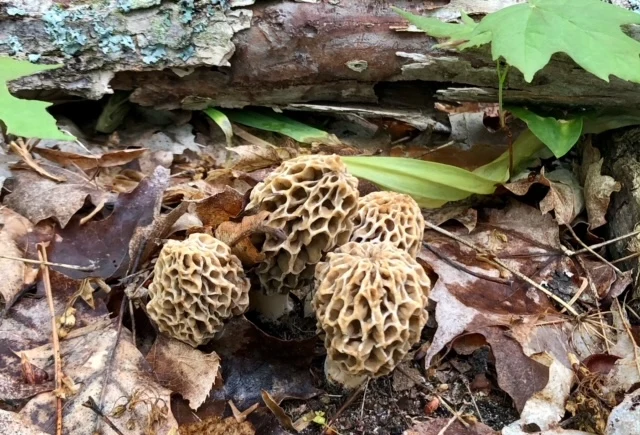
Morels are a forager’s dream. They can sell for hundreds of dollars a pound.
- Where to look: Around dead elm trees, old apple orchards, recently burned forests
- What to pick: Entire mushroom
- Tip: Always cook before eating. Carry them in a mesh bag to spread spores
8. Wild Asparagus (Nationwide)
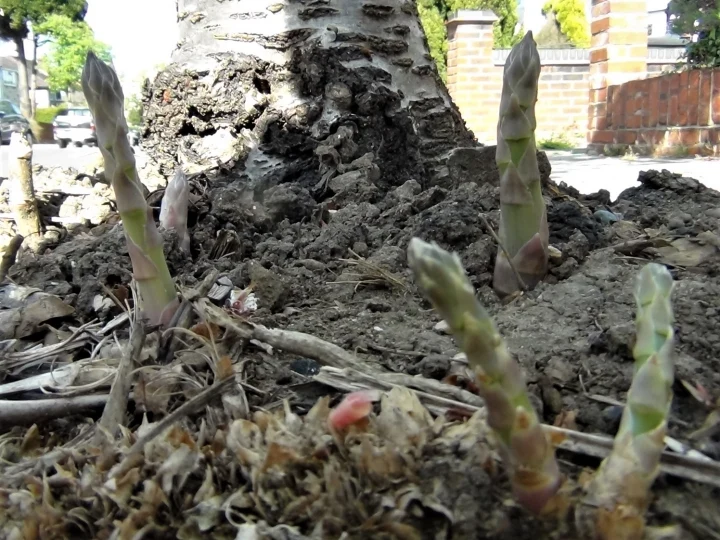
If you find one patch, you’ll have it for years. Wild asparagus comes back every spring.
- Where to look: Fencelines, ditches, old farmsteads
- What to pick: Tender green spears, under 8 inches tall
- Tip: Cut just above the ground and check the same spot year after year
9. Curly Dock (Most of U.S.)
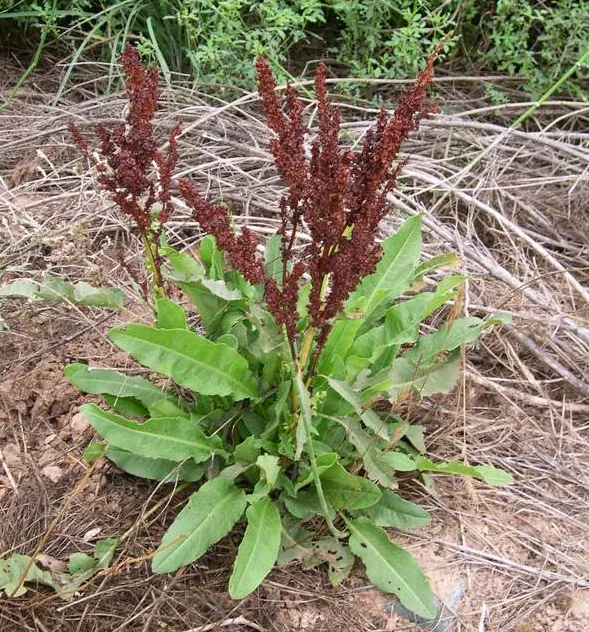
Often called a weed, curly dock is bitter when mature but delicious when young.
- Where to look: Fields, roadsides, disturbed soil
- What to pick: Young green leaves in early spring
- Tip: Boil once to reduce bitterness, then sauté or add to soups
10. Lamb’s Quarters (Everywhere)

Sometimes called wild spinach. Lamb’s quarters are rich in protein and minerals.
- Where to look: Gardens, compost piles, farm edges
- What to pick: Tender young leaves and shoots
- Tip: Cook like spinach or add raw to salads
11. Cattail Shoots (Wetlands and Ponds)
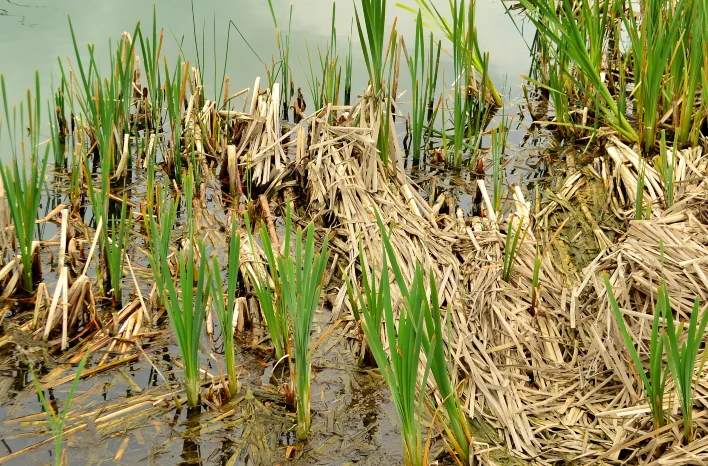
Cattails are a survival food staple. In spring, the young shoots are tender and taste like cucumber.
- Where to look: Marshes, ponds, lakesides
- What to pick: Inner white cores of young shoots
- Tip: Peel away outer layers to get to the edible part
12. Wild Mustard (Widespread in North America)

Bright yellow flowers make wild mustard easy to spot. The flavor is peppery.
- Where to look: Fields, roadsides, disturbed soil
- What to pick: Young leaves, flowers, and seed pods
- Tip: Cook leaves like kale or toss flowers into salads
Safety Notes for Beginner Foragers
- Always confirm plant ID before eating. Mistakes can be dangerous.
- Harvest lightly. Take only what you need and leave plenty to grow back, this is sustainable foraging and it’s important!
- Stay away from polluted areas. Roadsides, industrial lots, and sprayed lawns are risky.
Foraging isn’t about collecting as much as you can. It’s about seeing what’s been around you all along and bringing a little of it into your kitchen…for free.
Every one of these plants offers something unique.
More To Discover
- Plant-Based Leather Lighting Casts Shine On Design Sustainability
- NY Attorney General Sues Pepsi Over Alarming Plastic Pollution in Buffalo River, Endangering Public Health and The Environmental
- Taking Care of Your First Chinchilla: A Complete Guide
- New Swedish ‘Electric Soil’ Boosts Barley Growth by 50% in 15 Days
Once you find your first patch of nettles or spot your first morel, you’ll start to notice food everywhere.
Spring foraging turns a walk in the woods into a treasure hunt. And the best part? The reward is fresh, wild, and free.







